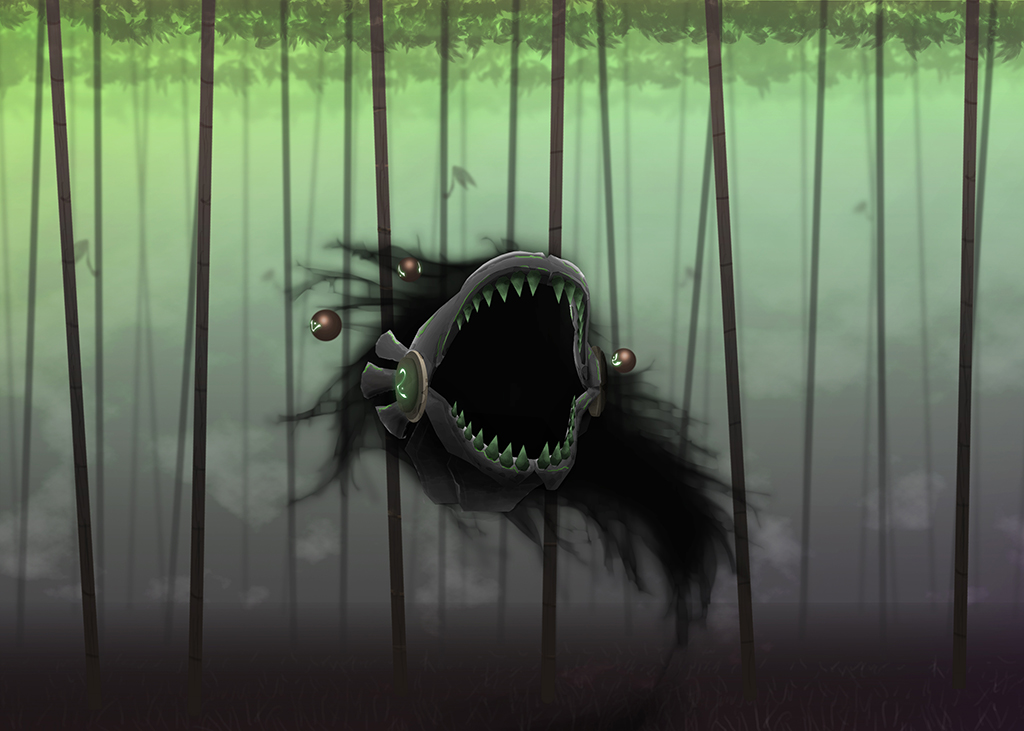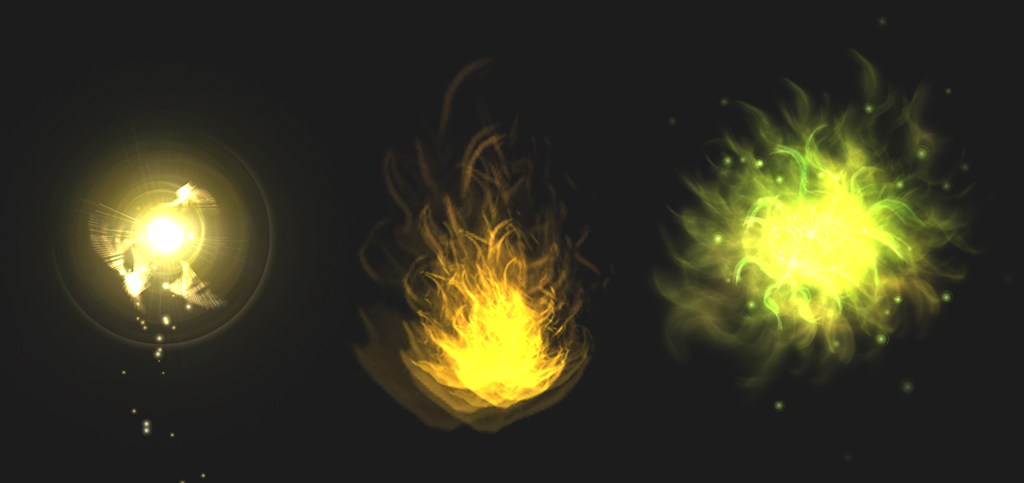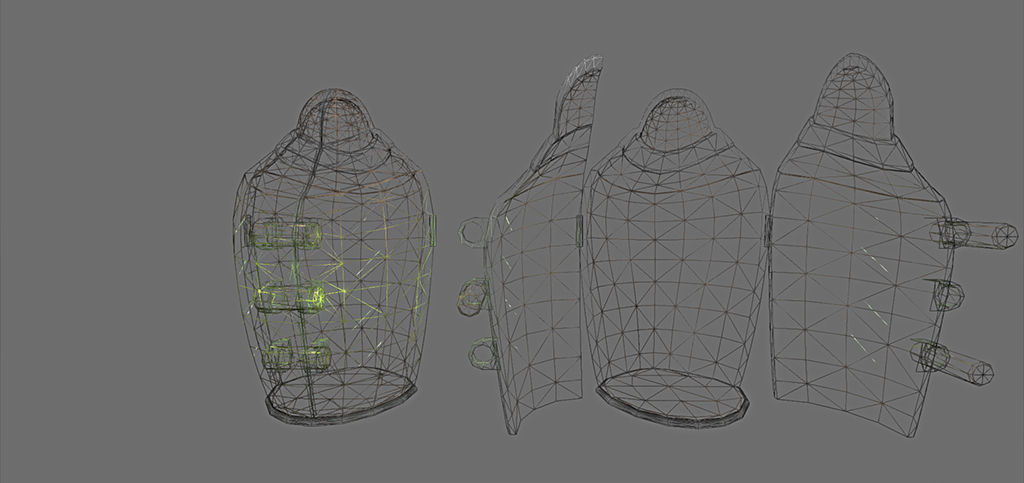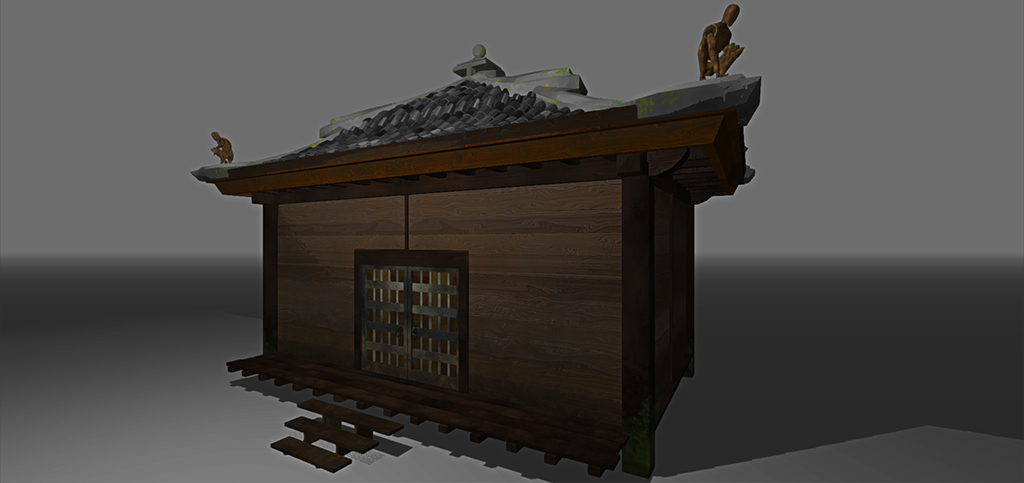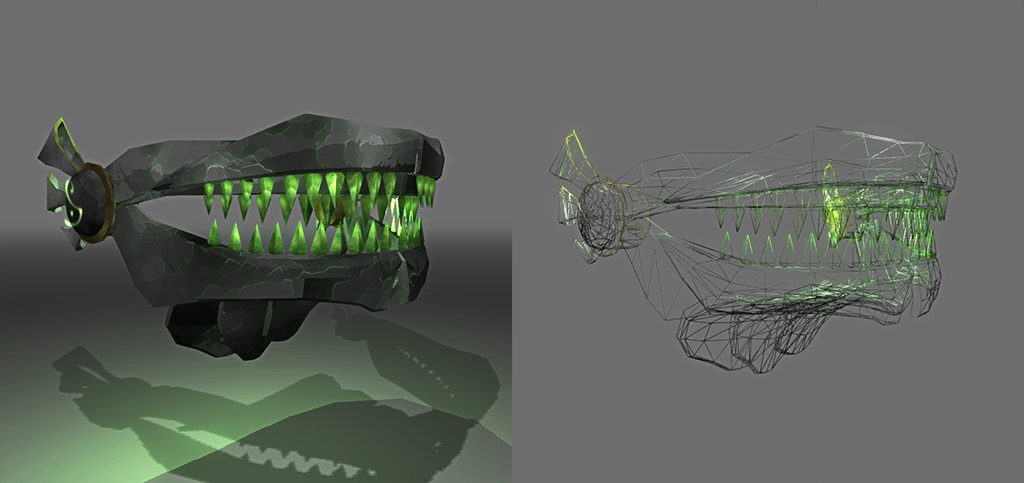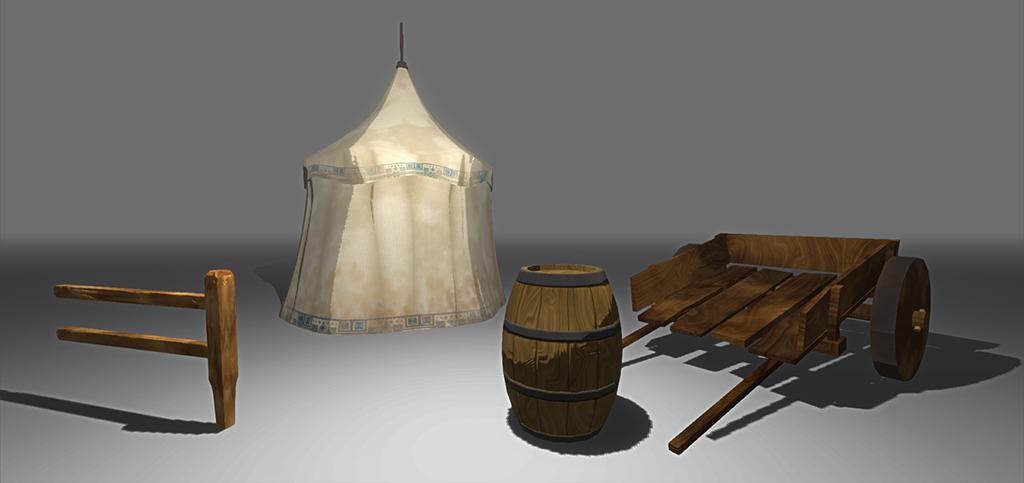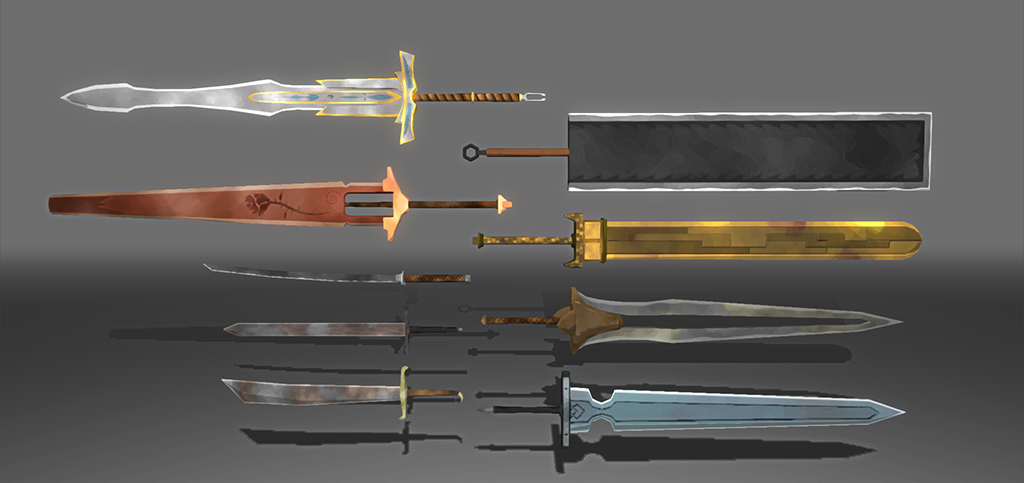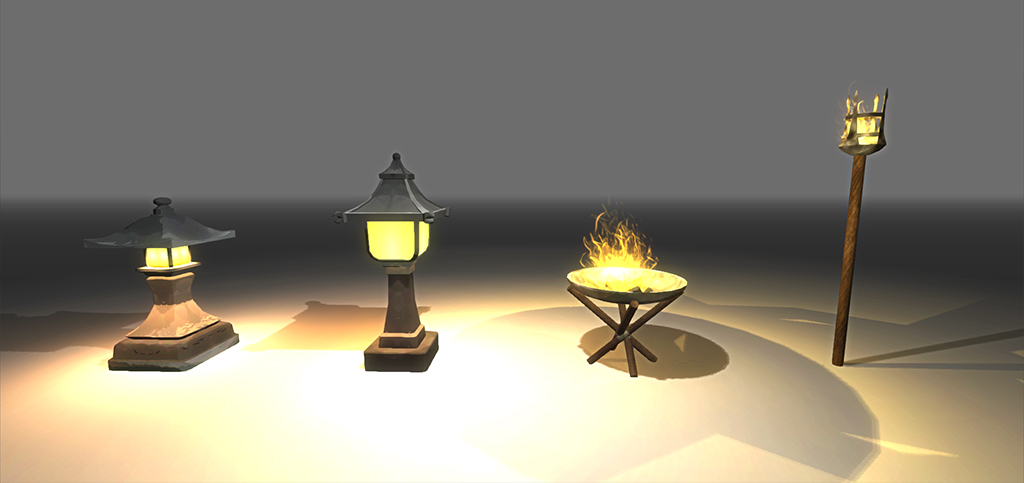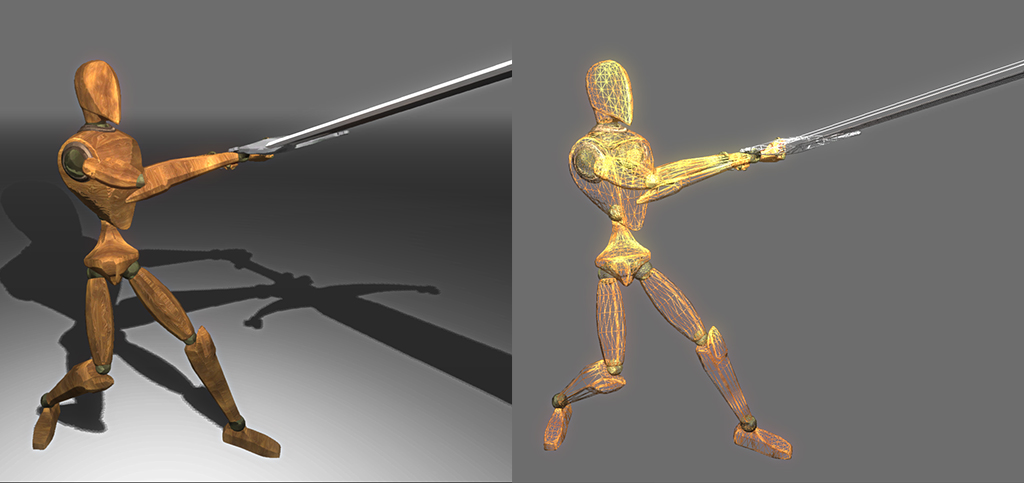Wayward Shrine

Wayward Shrine is an experiment in visual storytelling. Narratives must be adapted to fit each unique medium. Books have character insight, the ability to tell the reader what people are thinking and feeling. The writer acts as a filter to show the reader only exactly what is necessary and to make sure the reader doesn’t miss anything that is important to the story. Since readers can always put down the book whenever they want, the book format allows authors to write in great length and detail. Movies on the other hand, have to allude to character insight in a more visual manner and are confined to around two hours in length. Actors and actresses play the important role of conveying those insights through body language and speech. Translating that insight and constraining the run time of a movie causes the narrative to adapt to the medium of film. Similar to the writer, the director’s camera acts as a filter showing the viewer exactly what necessary to convey the story.
Finally, we arrive at video games. Like books, games can be set aside whenever the player choses, this allows games to possess greater length than movies. Unlike both books and movies, games aren’t able to completely control what the player choses to see. Games can only borrow a technique from film, in the form of a cut scenes, to make sure the main story is conveyed. The freedom of the player to look and move where ever they want is a challenge when visually storytelling. Visual storytelling consists of arranging objects in order to convey a linear story. Those objects form a relationship with one another. For example, placing a coffee ring on a pile of papers, means that employee was up all night working or he likes coffee in the morning and is messy in general. The player must see visual elements in relationship to one another to grasp the meaning. Freedom of movement allows the player to misinterpret these relationships. Effectively communicating a whole story using the technique of visual storytelling becomes impossible, but visual storytelling is never a hundred percent accurate. As viewers, we can only ever assume a general sense of their meaning. This causes participants to speculate, each arriving at their own unique conclusion.
Screenshots



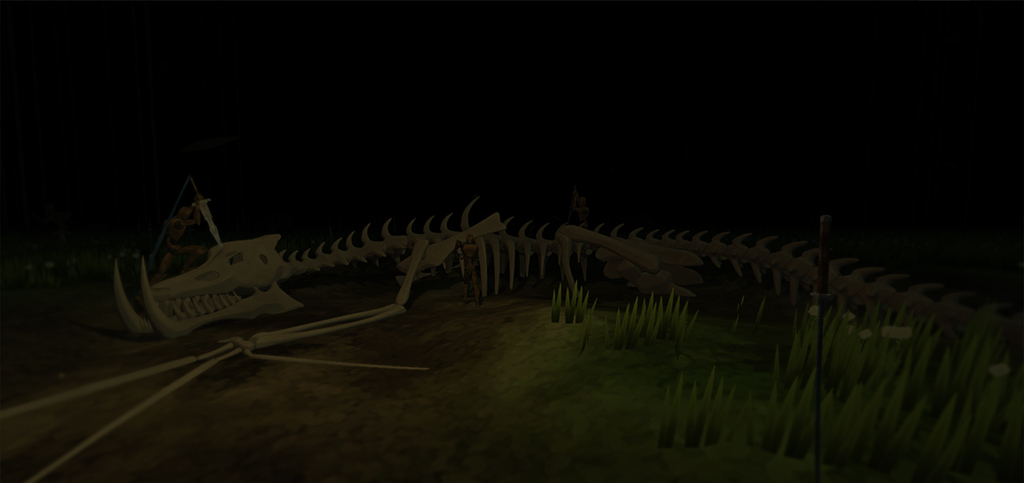
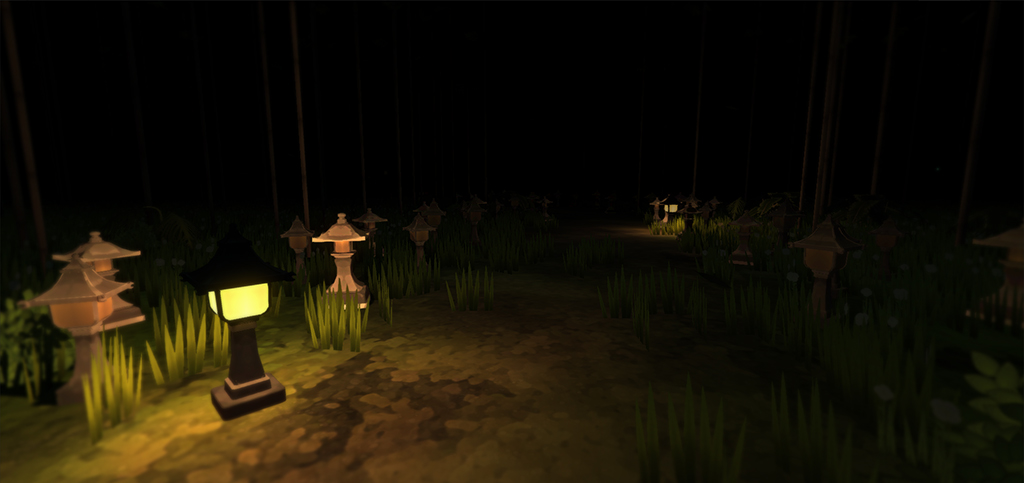
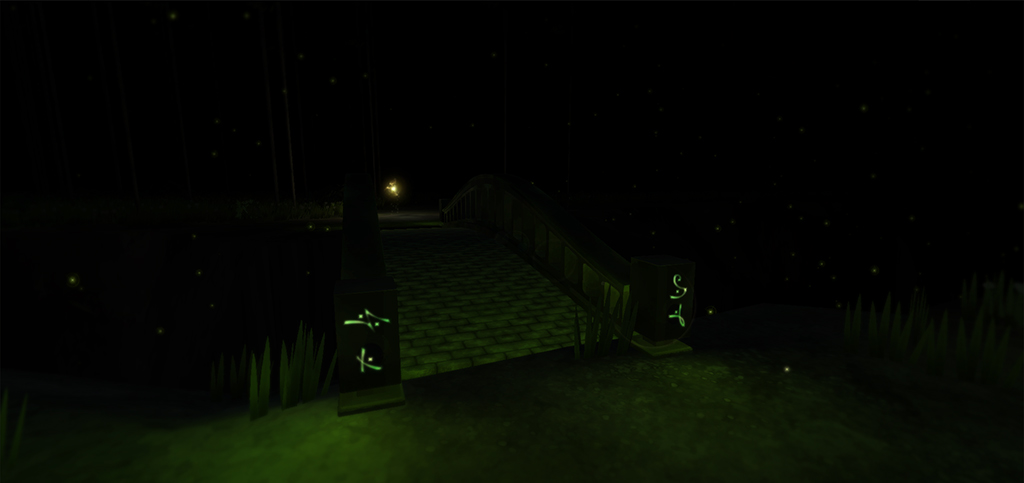
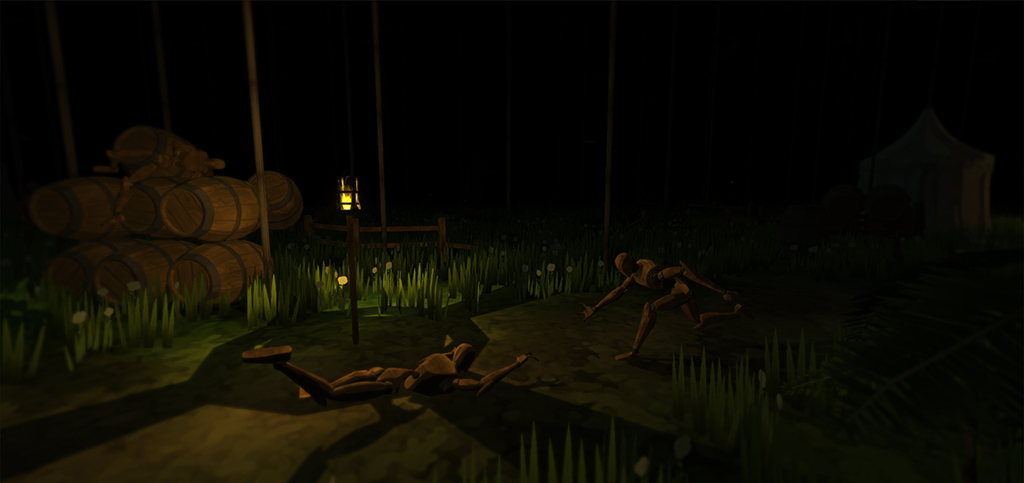

Process
